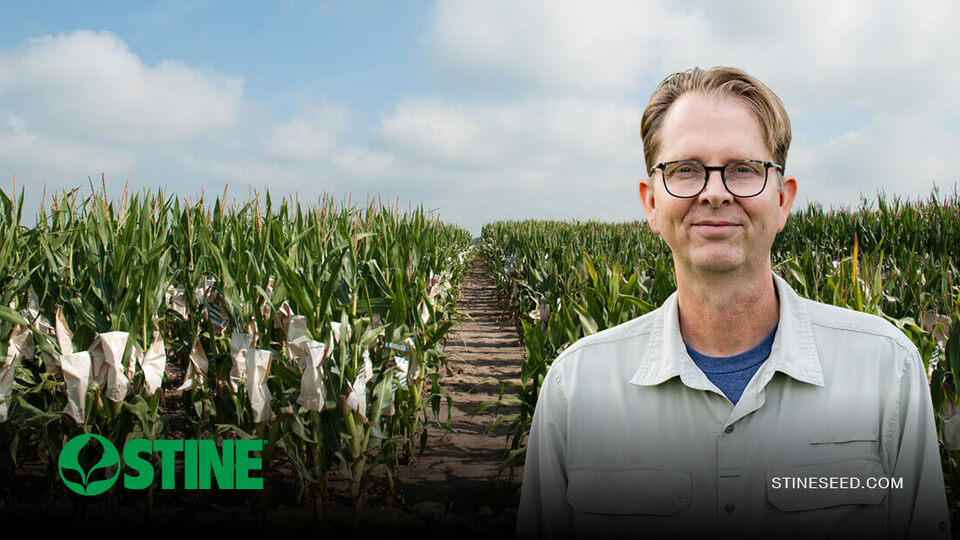It’s the time of year when we need to start scouting for soybean white mold. Here are some of the signs I look for when scouting for white mold along with some suggestions on how to prevent the disease from becoming a problem in your fields.
Detection
First, as you're walking your fields throughout June and July, look for trumpet-like structures called apothecia on the soil surface just before the soybean plants are starting to flower. Initial infection typically takes place at this time as the apothecia produce spores that enter the soybean through the flowers of the plant.
To confirm a white mold infection, look for the fungal bodies early and then scout for cotton-like growth on the stems of the plant called fungal mycelium. Another way to determine if a plant may be infected is to look at the top of the plant for leaves that have started to wilt and or fall off prematurely.
The fungal bodies that cause white mold are very similar to other mushrooms in that they thrive in dark, damp and cool environments. So, any time you have a soybean field that quickly canopies creating this type of microclimate within its canopy, the field is at a greater risk for developing the disease. For this reason, white mold usually appears in the most productive areas of the field where the soybeans put on a lot of vegetative growth and canopy the row earlier in the growing season.
Prevention
If white mold affects your fields this summer, there are a number of fungicide (applied around R1) and herbicide options on the market that can be utilized to destroy the fungal bodies and help impede the white mold spores from entering the plant.
In my opinion, the best management strategy is prevention. First, select a variety that has a good white mold rating such as Stine 20RD20s or Stine 21LH02s. Second, since white mold thrives in cool, damp and dark conditions, plant your soybeans in 30-inch rows to allow air movement up and down the rows and sunlight to penetrate the ground. This will help burn up the fungal bodies longer into the season can help delay or even prevent early infection. Third, the higher the planting population, the sooner a field canopies. So, lowering planting population may be a viable option to help delay infection. Fourth, rotate to a no-host crop such as corn or small grains. Lastly, harvest infected fields last to help prevent spread of the disease via equipment.
Related Articles
-

Use Stine’s XP® seed treatments to prevent early injury to your crops
December 2025 in Agronomy
-

Understanding Stine’s enhanced oil profile soybeans
December 2025 in Agronomy
-

Soil sampling sets the stage for spring
November 2025 in Agronomy
-

Corn production growth paves way for more high-performing Stine® hybrids
November 2025 in Agronomy



